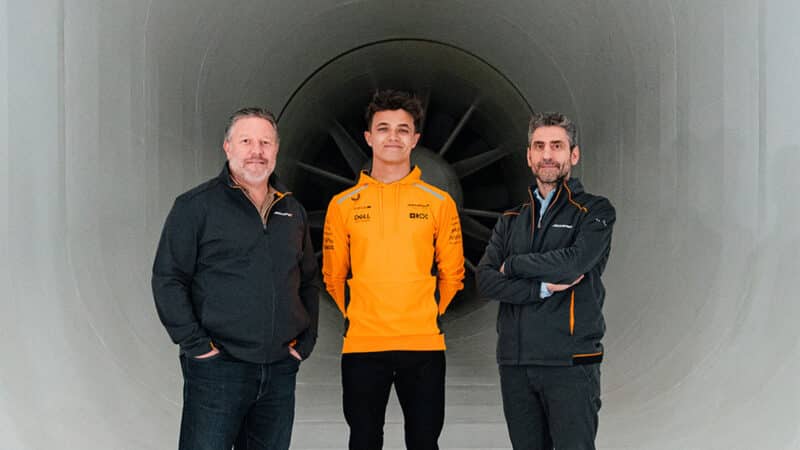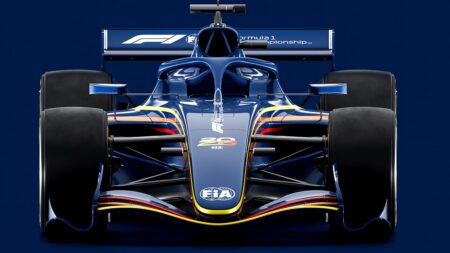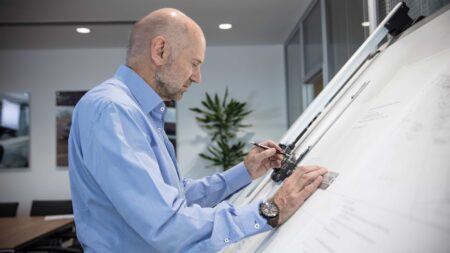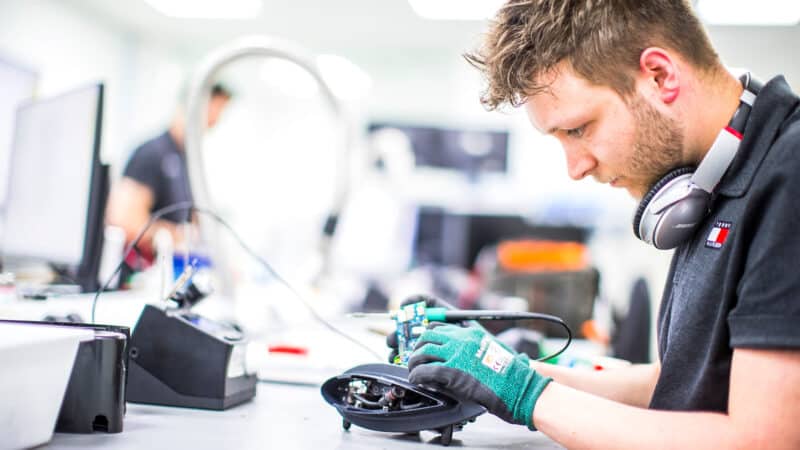The sliding scale of Aerodynamic Testing Restrictions (ATR) allows teams that are lower down in the constructors’ championship to have more development time – through wind tunnel and Computational Fluid Dynamics (CFD) runs – than those higher up, and plays a big role in how the January 1 deadline is being policed.
“How do we know that they’re not cheating? That is through two ways. One is we have the enforcement of the ATR regulations. We have an auditing team, and this auditing team visits the teams periodically and teams also have to submit a declaration of their wind tunnel and CFD. So we have a list of all the wind tunnel runs and all the CFD runs that a team carries out.
“They must save all CFD data for a year or a couple of years after it’s done, so we can inspect it any time. We can say ‘Run 10053, can we see what the data was?’ and likewise for the wind tunnel data they must have photographic evidence of every wind tunnel run. There’s a camera that takes a photo of each model, and if it’s something as big as a 2026 car versus a 2024 car, it would be fairly obvious.
“And there’s a logger of the wind tunnel that permanently measures wind speed, when a wind tunnel run starts, when it finishes etc. So we know exactly when they are doing wind tunnel runs and we have the photographic log of whatever model is in the tunnel at any point in time.

Wind tunnels now have logging equipment to show when they’re being used
McLaren
“So as a result of that, and the declarations, and our random visits to the factory – which we don’t give advance notice of – we can make sure they’re not fibbing.
“In addition to that, one should consider that something as large-scale as a blatant cheat in terms of starting a 2026 program illicitly or whatever, the number of people who would need to know in a company is pretty large. You couldn’t just hide it and keep it between three people.
“The consequences of such a thing would be so huge that I think it would take a very brave, or very stupid, or both, team to decide they’re going to flaunt that. Because teams lose personnel, they go to other rivals, not everyone in a team is always happy, or happy to participate in a cheat.






